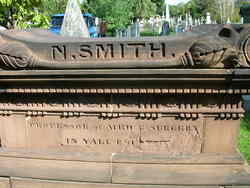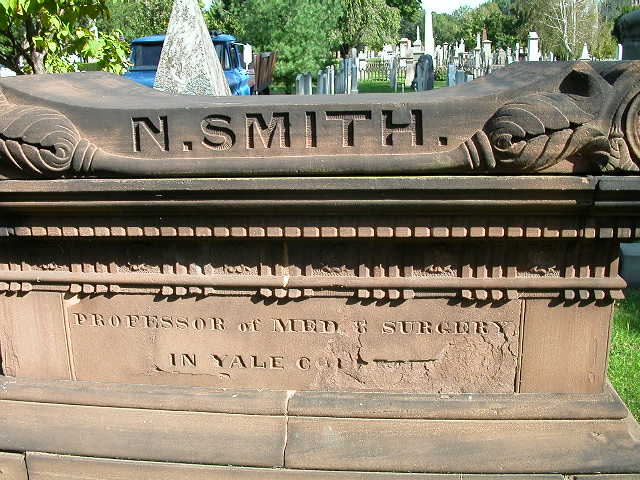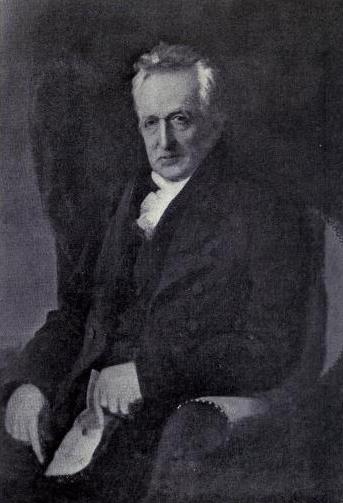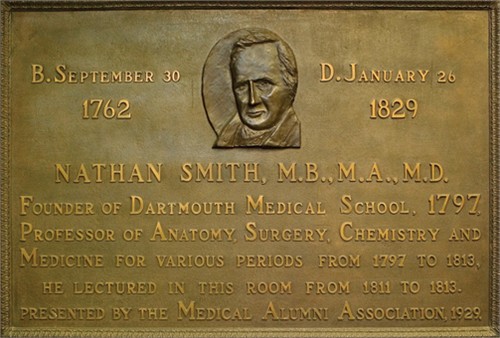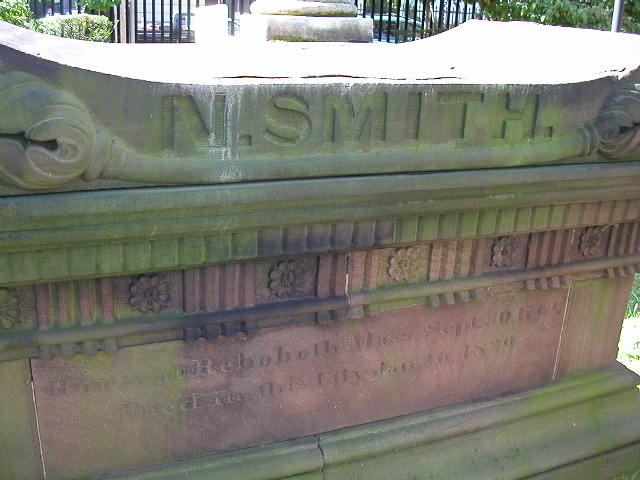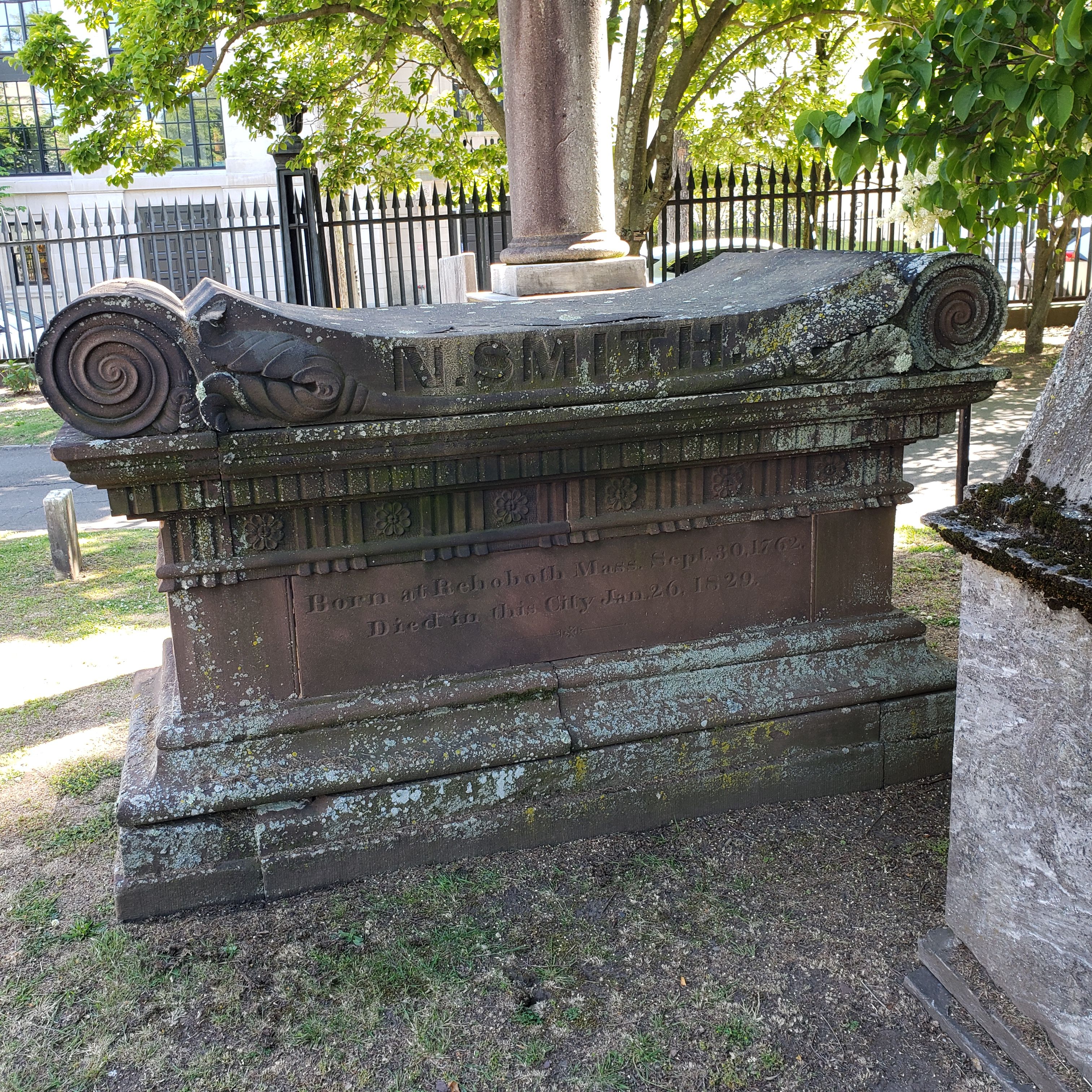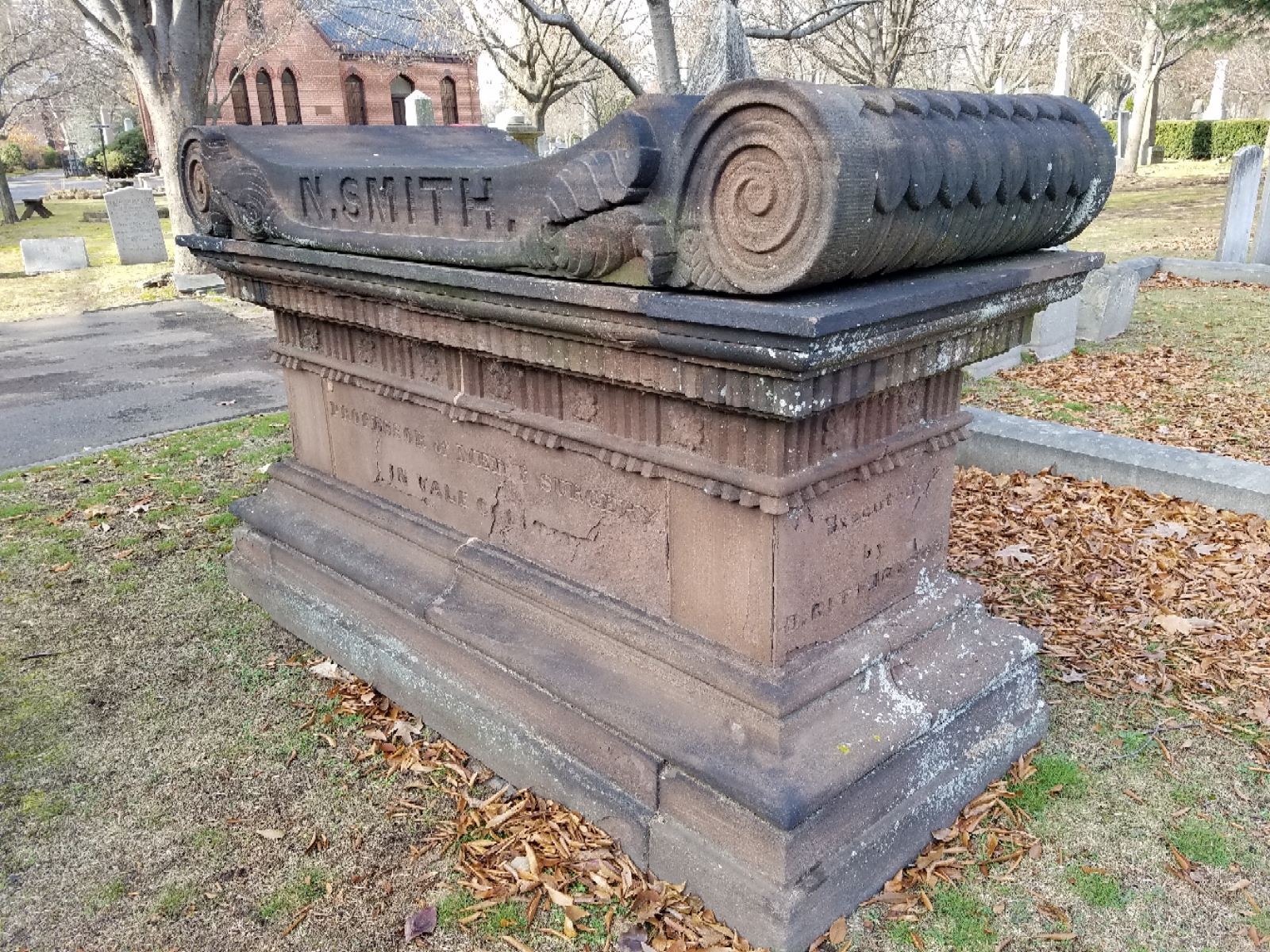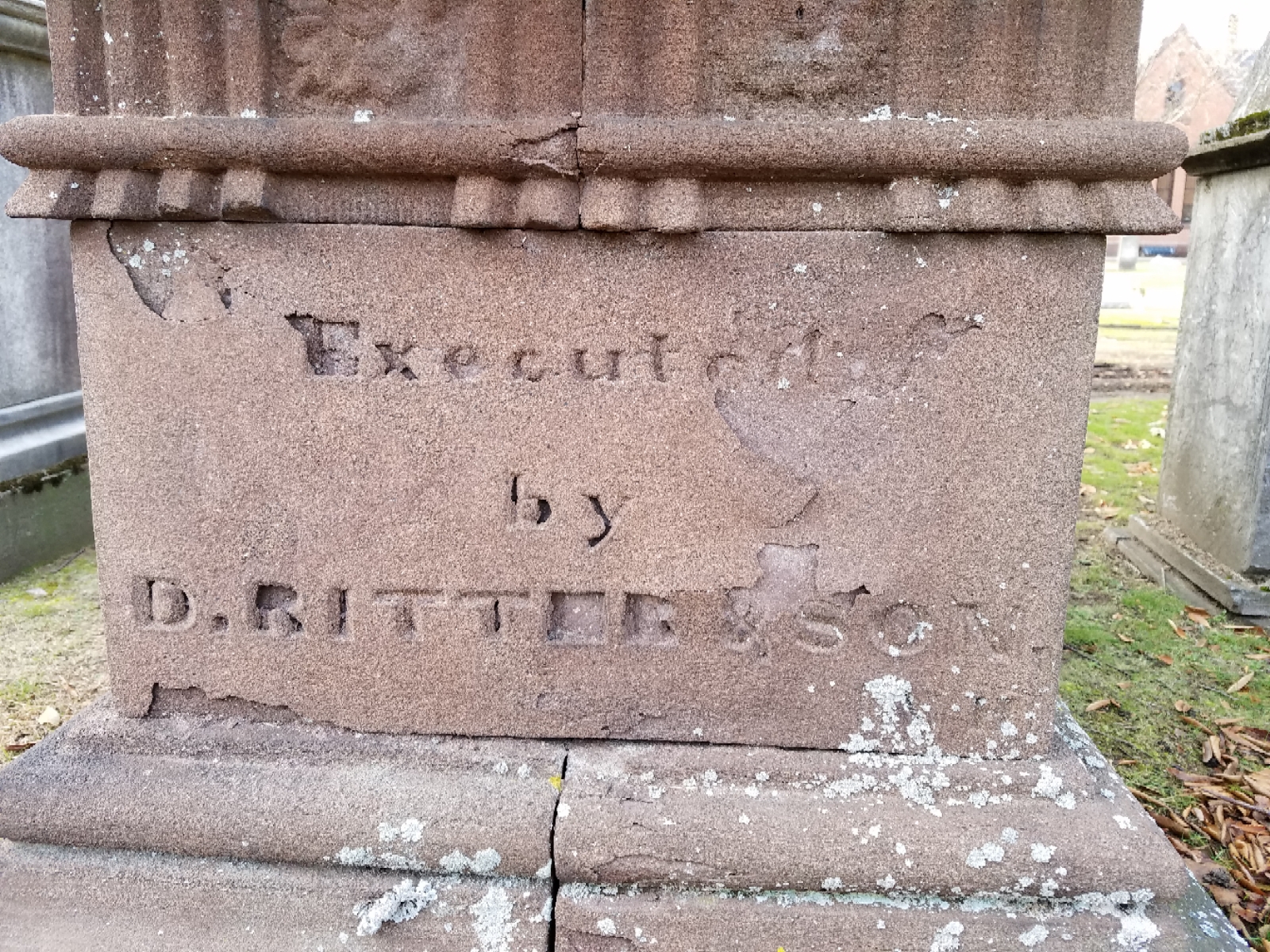Nathan Smith was one of New England's best-known and respected physicians. He was a skilled surgeon, teacher, writer, and practitioner. At a time when most American physicians were poorly educated, he single-handedly founded Dartmouth Medical School and co-founded the University of Vermont Medical School, the medical school at Bowdoin College, and the Yale School of Medicine, leading historians to dub him the "Johnny Appleseed of American medicine".
Smith first began work as a surgeon in Chester, Vermont at age 21. He later went to the Harvard College's medical department where he obtained his MB in 1790. Smith was the third graduate of Harvard's medical department. He was later awarded an MD by Harvard in 1811. In 1803 Smith had gone to the University of Edinburgh where he attended medical classes for a year.
He developed important scientific principles in relation to the pathology of necrosis, on which he founded a new and successful mode of practice. Using the procedure he saved from amputation the leg of the future Mormon prophet, Joseph Smith, who was then a child.
He was ahead of his time in insisting that doctors practice "watchful waiting" and emphasizing patient-centered care.
He published Practical Essays on Typhus Fever in 1824. His Medical and Surgical Memoirs, published posthumously by his son Nathan Ryno Smith in 1831, recounted his extensive experience as a physician in America during its formative years as the United States. Smith's four sons all became physicians, the most prominent being Nathan Ryno Smith.
Nathan Smith was one of New England's best-known and respected physicians. He was a skilled surgeon, teacher, writer, and practitioner. At a time when most American physicians were poorly educated, he single-handedly founded Dartmouth Medical School and co-founded the University of Vermont Medical School, the medical school at Bowdoin College, and the Yale School of Medicine, leading historians to dub him the "Johnny Appleseed of American medicine".
Smith first began work as a surgeon in Chester, Vermont at age 21. He later went to the Harvard College's medical department where he obtained his MB in 1790. Smith was the third graduate of Harvard's medical department. He was later awarded an MD by Harvard in 1811. In 1803 Smith had gone to the University of Edinburgh where he attended medical classes for a year.
He developed important scientific principles in relation to the pathology of necrosis, on which he founded a new and successful mode of practice. Using the procedure he saved from amputation the leg of the future Mormon prophet, Joseph Smith, who was then a child.
He was ahead of his time in insisting that doctors practice "watchful waiting" and emphasizing patient-centered care.
He published Practical Essays on Typhus Fever in 1824. His Medical and Surgical Memoirs, published posthumously by his son Nathan Ryno Smith in 1831, recounted his extensive experience as a physician in America during its formative years as the United States. Smith's four sons all became physicians, the most prominent being Nathan Ryno Smith.
Inscription
N. Smith, Professor of Med. & Surgery in Yale College. Born at Rehobath, Mass. Sep. 30, 1762. Died in this City Jan. 26, 1829.
Gravesite Details
Dates were difficult to read.
Family Members
-
![]()
Dr David S.C.H. Smith
1795–1859
-
![]()
Dr Nathan Ryno Smith
1797–1877
-
![]()
Sally Malvina Smith
1799–1815
-
![]()
Gratia Eliza Smith Lincoln
1803–1841
-
![]()
Mary Amanda Smith
1803–1864
-
![]()
Dr James Morven Smith
1805–1853
-
![]()
Catherine Camilla Smith
1807–1845
-
Laura Matilda Smith
1809–1845
-
![]()
Dr John Derby Smith
1812–1884
-
Sarah Margaret Smith Osgood
1819–1851
Advertisement
Explore more
Sponsored by Ancestry
Advertisement
